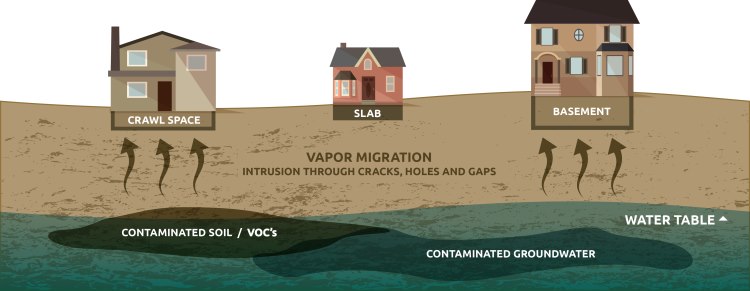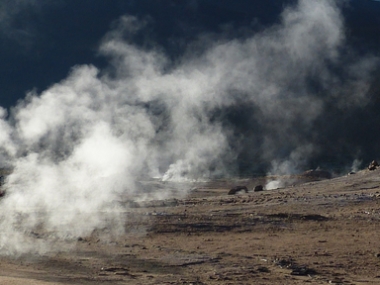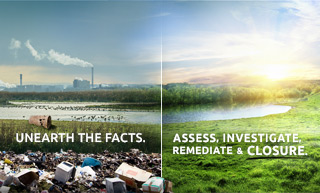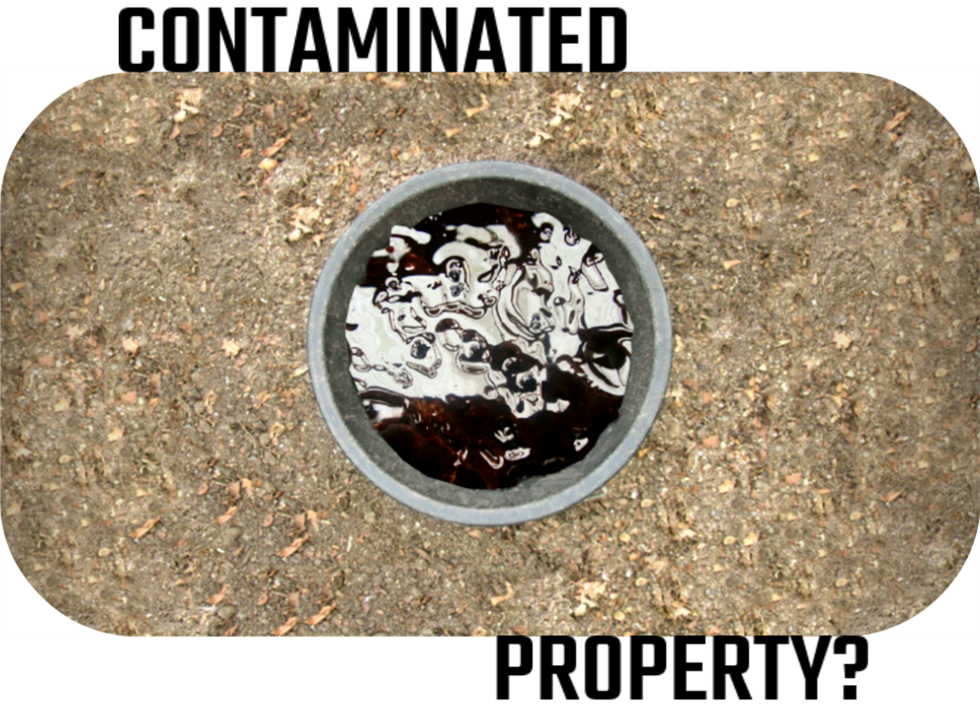Wisconsin Soil Vapor Intrusion Testing & Mitigation Service
Hire Hyde Environmental for Soil Vapor Intrusion Remediation
Hyde Environmental offers comprehensive vapor intrusion assessment (VIA) through soil vapor intrusion testing. Our expert testing helps evaluate and address vapor encroachment conditions (VECs) discovered during Phase I Environmental Site Assessments or from response actions at nearby contaminated properties.
Hyde Environmental's vapor intrusion experts utilize proven technologies and methodologies to accurately identify vapor intrusion pathways and implement remediation solutions to protect your property and its occupants from harmful exposure. Contact Hyde Environmental today for the top soil vapor intrusion testing services in Wisconsin and the Midwest.
What is Vapor Intrusion?
Vapor intrusion occurs when volatile organic compounds (VOCs) migrate beneath or near living or working spaces. VOCs are hazardous substances moving through soil or groundwater, potentially forming gases (i.e., chemical vapors) which accumulate beneath and around structures. Under certain conditions, chemical vapors can seep into buildings through cracks and gaps in basement floors, walls and openings from utilities and sump pits. Soil vapor intrusion testing is essential to detect harmful vapors, safeguard indoor air quality and protect human health from long-term exposure risks.

Why Does Vapor Intrusion Happen?
- Unintentional contaminants are released into the subsurface, even when following best practices:
- Unknown equipment damage or pipe leaks causing frequent small chemical releases into the ground
- Larger accidental releases from compromised or outdated containment units like underground storage tanks
- Intentional violations of environmental regulations by previous site owners:
- Directly discharging waste products into the ground
- Discharging waste into nearby surface waters
- Natural occurrence of vapors as a part of the subsurface composition:
- Vapors like methane and radon exist naturally underground and can migrate upwards into overlying structures
Why is Vapor Intrusion Dangerous?
If you own or occupy a property where VOCs have entered soil or groundwater, chemicals can travel as vapors into your home or business. Many chemical vapors are dangerous since they are nearly impossible to detect without specialized sampling equipment. Hyde Environmental uses advanced soil vapor intrusion testing equipment to detect dangerous vapors and protect your property.
Choose Hyde Environmental for Soil Vapor Intrusion Testing
The environmental professionals at Hyde Environmental have the tools and experience to test for chemical vapors from VOCs in the soil and groundwater of your home or business. Hyde Environmental has completed soil vapor intrusion assessments on industrial facilities and residential, commercial and undeveloped properties in the Midwest.
Our vapor intrusion investigation services use comprehensive sampling methods to identify any vapor intrusion pathways. If an intrusion is detected, we design and implement an effective vapor intrusion mitigation system tailored to your site's unique conditions.
Ways We Test for Soil Vapor Intrusion
- Groundwater Sampling
- Soil Sampling
- Soil-Gas Sampling
- Indoor Air Sampling
The Short-Term & Long-Term Health Effects of Vapor Intrusion
High concentrations of VOC vapors in enclosed areas can lead to long-term health problems. Whether or not a person experiences adverse health effects depends on several factors:
- Exposure duration
- Vapor concentration
- Chemical toxicity
- Vapor location
- Individual chemical sensitivity
Case severity varies depending on the vapor entering the living space. Some vapors are easily detected due to their distinct odor, like petroleum, while other VOCs, such as vinyl chloride, exhibit a mild, sweet odor but are acutely toxic.
Regulations and Standards Surrounding Vapor Intrusion Testing
The Phase I ESA standard (ASTM E1527-21) mandates the evaluation of vapor impacts as part of site investigations, with further analysis often conducted during Phase II environmental site assessments. The Environmental Protection Agency (EPA) has published an OSWER Draft Guidance as a recommended framework for assessing vapor intrusion. This approach emphasizes collecting and analyzing multiple lines of evidence to inform risk management decisions related to vapor intrusion.
Several Midwest states (Wisconsin, Illinois, Michigan, Minnesota, Indiana, Ohio, etc.) require the vapor intrusion pathway to be evaluated like the soil and groundwater pathways for sites with environmental contamination or suspected contamination.
Indoor Air Contaminants – Volatile Organic Chemicals (VOC)
Non-Chlorinated VOCs
 Soil vapor extraction mitigates problems with vapor intrusion.
Soil vapor extraction mitigates problems with vapor intrusion.- Benzene
- Toluene
- Ethylbenzene
- Xylene
- N-Hexane
- 1,3-butadiene
- Methane
- Petroleum VOCs
Chlorinated VOCs
- Tetrachloroethylene (PCE)
- Trichloroethylene (TCE)
- Vinyl Chloride
- Methylene Chloride
- Carbon tetrachloride
- 1,4-dichlorobenzene
Hyde Environmental Serves Locations Throughout the Upper Midwest
Hyde Environmental, located in Germantown, WI, performs environmental consulting services including soil vapor intrusion testing, mitigation and remediation in the following states:














